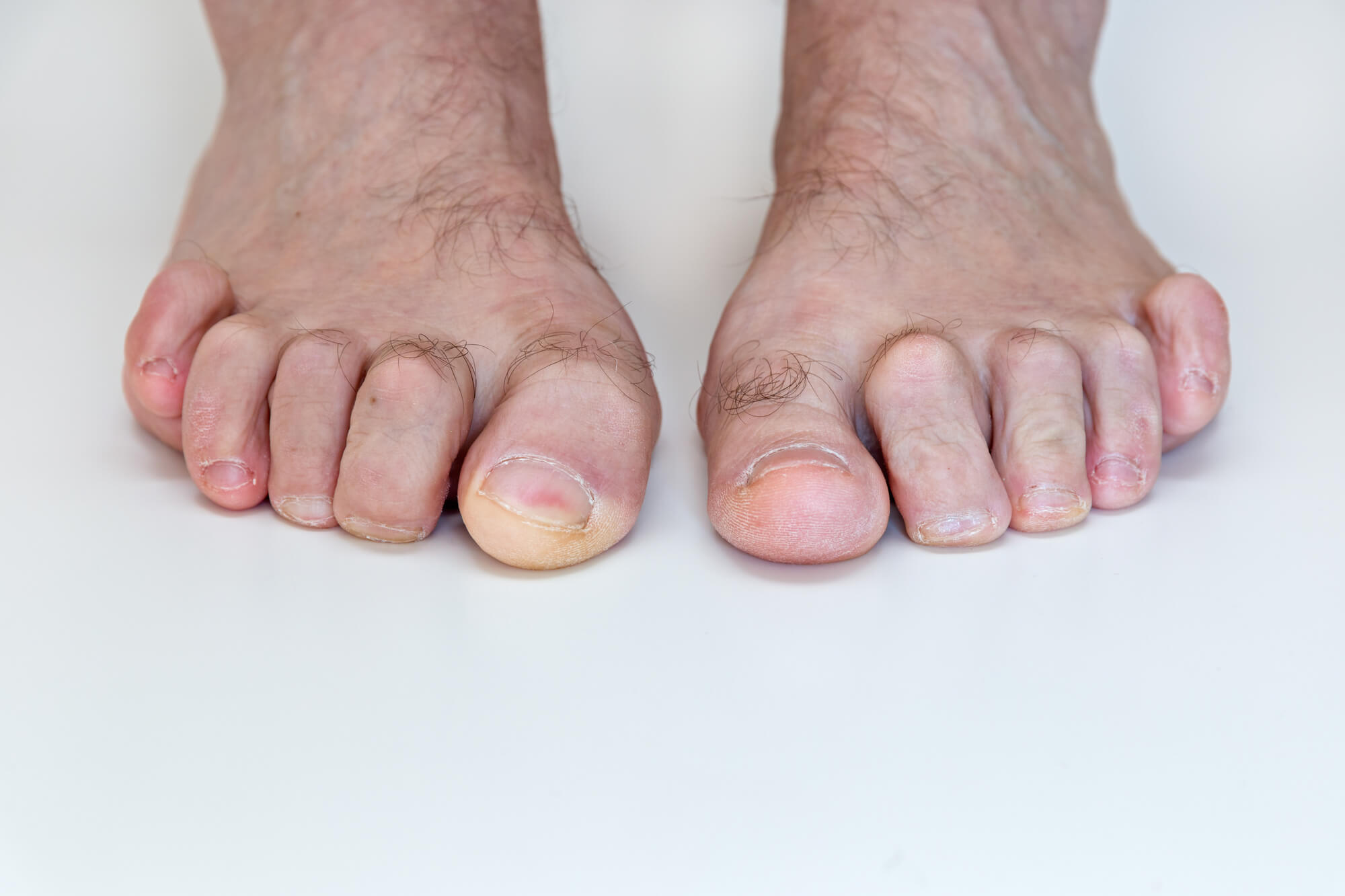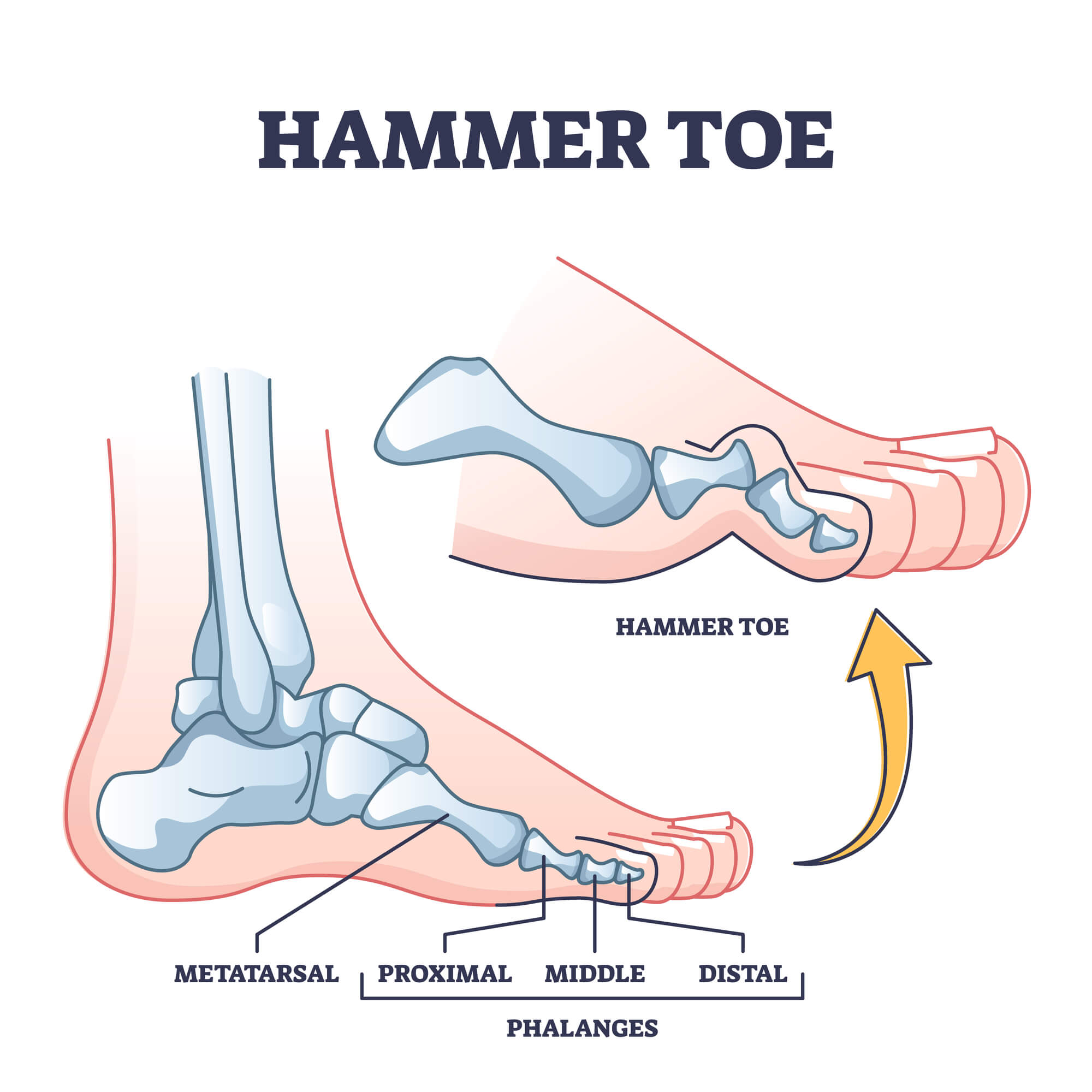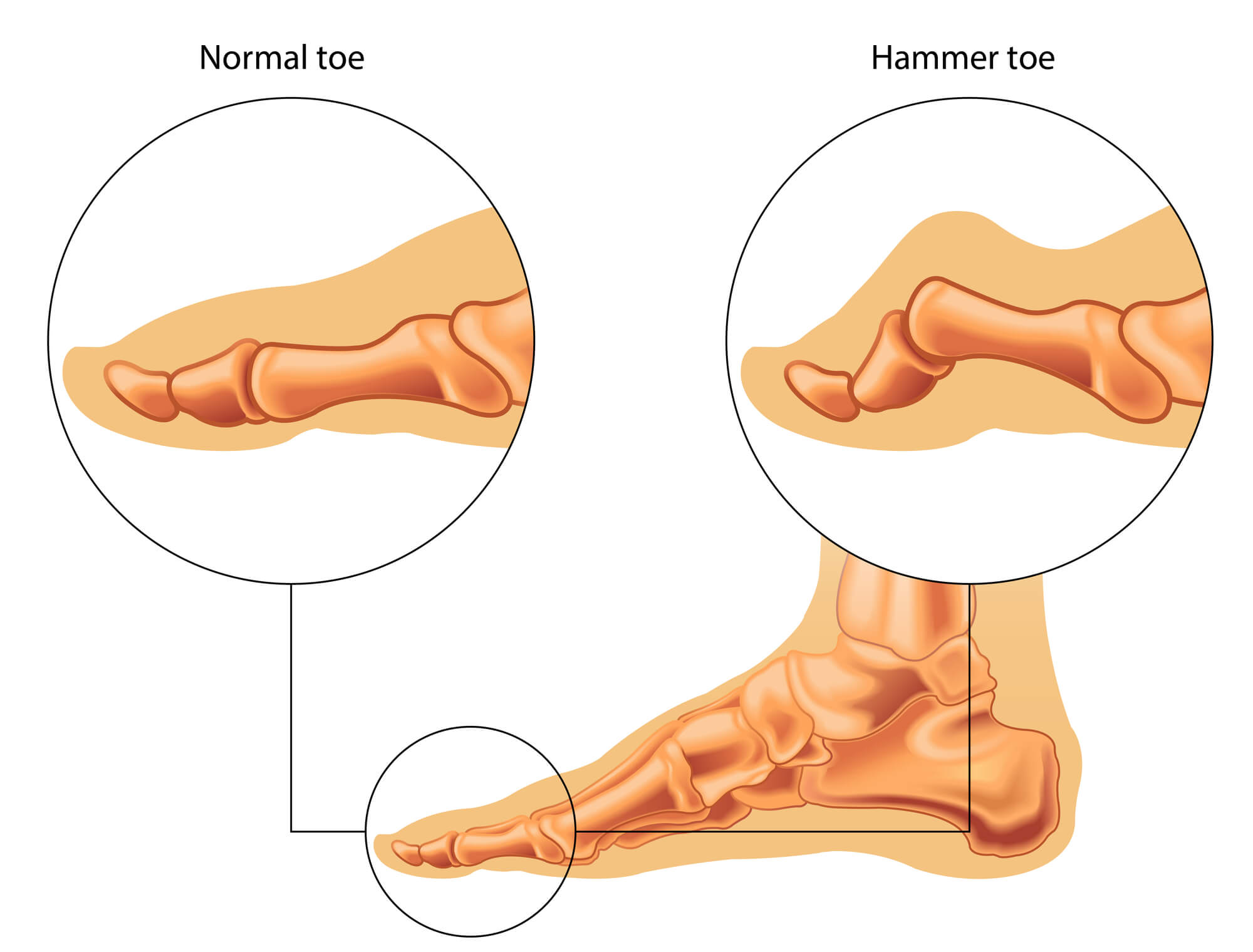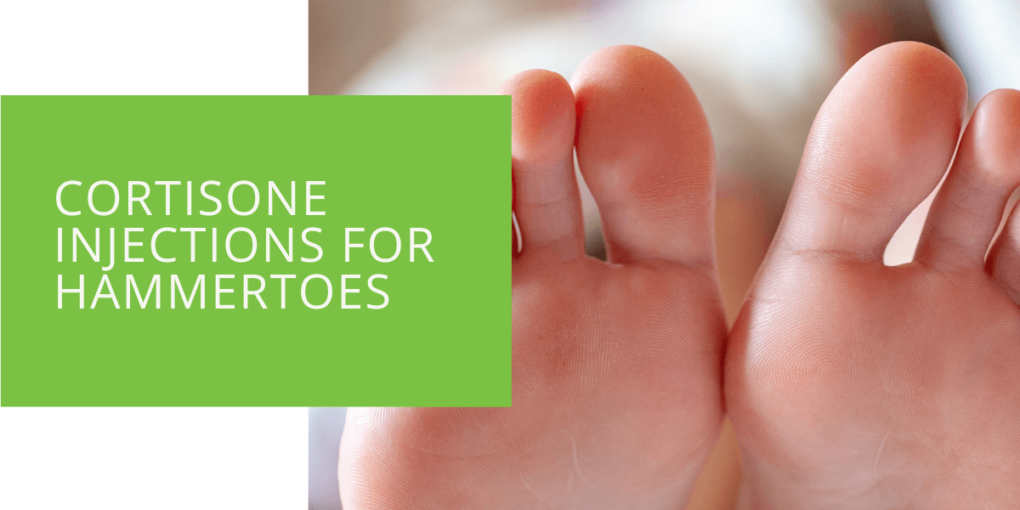Cortisone Injections for Hammertoes
Cortisone injections are a common treatment option for various conditions that cause pain and inflammation, including hammertoes. A hammertoe is a deformity that causes one or more of the toes to bend at the middle joint, resulting in a claw-like appearance. This deformity can affect any of the toes but is most commonly seen in the second, third, and fourth toes. Hammertoes can be caused by various factors, including genetics, shoes that are too tight or narrow, and certain medical conditions such as arthritis or diabetes.
In this article, we will explore the use of cortisone injections for the treatment of hammertoes and the benefits, risks, and considerations associated with this treatment option.
What are Hammertoes?
A hammertoe is a deformity that causes one or more of the toes to bend at the middle joint, resulting in a claw-like appearance. This deformity can affect any of the toes but is most commonly seen in the second, third, and fourth toes. Hammertoes can be caused by various factors, including genetics, shoes that are too tight or narrow, and certain medical conditions such as arthritis or diabetes.
Symptoms of hammertoes may include pain, difficulty walking, and difficulty fitting into shoes. The top of the bent toe may rub against the inside of the shoe, leading to inflammation, pain, and the formation of corns or calluses. In severe cases, hammertoes can cause difficulty with everyday activities such as driving or tying shoelaces.

What are Cortisone Injections and How Do They Work?
Cortisone injections are a treatment option that can help to reduce inflammation and pain in the affected area. Cortisone is a type of steroid injected into the toe joint, which works to reduce swelling and inflammation. The procedure for administering a cortisone injection typically involves preparing the skin, administering the injection, and following up with the healthcare provider.
Before administering the injection, the healthcare provider will clean the skin and may numb the area with a local anesthetic. The cortisone injection is then administered into the toe joint using a needle. The procedure is typically quick and relatively painless. After the injection, the healthcare provider may suggest rest and elevation of the foot to help reduce swelling.
Benefits of Cortisone Injections for Hammertoes
Cortisone injections can provide several benefits for individuals with hammertoes. One of the main advantages of cortisone injections is that they are a non-surgical treatment option. This means they do not require the patient to undergo an invasive procedure or have a lengthy recovery period.
Cortisone injections can also provide relief from pain and inflammation caused by hammertoes. Cortisone injections can improve mobility and function by reducing swelling and inflammation in the toe joint. In some cases, cortisone injections may even delay the need for more invasive treatments such as surgery.

Risks and Considerations
While cortisone injections can be an effective treatment option for hammertoes, there are also risks and considerations to keep in mind. One potential risk of cortisone injections is the possibility of infection or skin irritation at the injection site. It is important to follow the healthcare provider's instructions for care after the injection to minimize the risk of infection.
Another consideration is that the hammertoe may return after the effects of the injection wear off. Multiple cortisone injections may sometimes be needed to achieve the desired result. It is important to discuss treatment options with a healthcare provider and consider all factors, including the severity of the hammertoe and the individual's overall health.

When to Consider Cortisone Injections for Hammertoes
Cortisone injections may be a good option for individuals with hammertoes experiencing pain or difficulty with mobility. They can help to reduce inflammation and swelling in the toe joint, improving function and relieving pain.
It is important to discuss treatment options with a healthcare provider and consider all factors when deciding whether cortisone injections are appropriate for a specific individual. The hammertoe's severity, the individual's overall health, and any underlying causes, such as wearing improper footwear or medical conditions, should all be considered.
In some cases, a healthcare provider may recommend other treatment options in addition to or instead of cortisone injections. These may include wearing proper footwear, using pads or splints to help keep the toe in the correct position, and using orthotic inserts or shoe inserts to help correct any imbalances in the feet. In severe cases, surgery may be necessary to straighten the toe and correct the deformity.
Conclusion
Cortisone injections can be an effective treatment option for individuals with hammertoes experiencing pain or difficulty with mobility. They offer a non-surgical alternative to more invasive treatments and can help to reduce inflammation and swelling in the toe joint.
However, it is important to consider the risks and considerations associated with cortisone injections and to discuss treatment options with a healthcare provider. Wearing proper footwear, using pads or splints, and using orthotic inserts or shoe inserts may also be helpful in managing hammertoes and preventing further complications. Individuals can improve their quality of life and prevent further complications by seeking medical advice and treatment for hammertoes.

